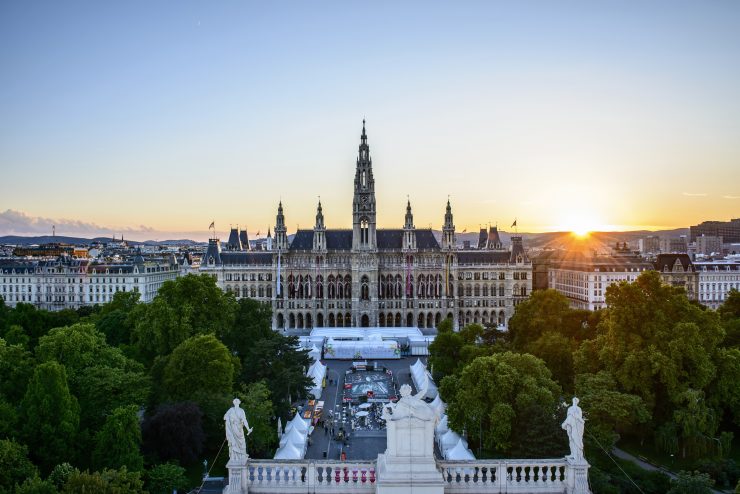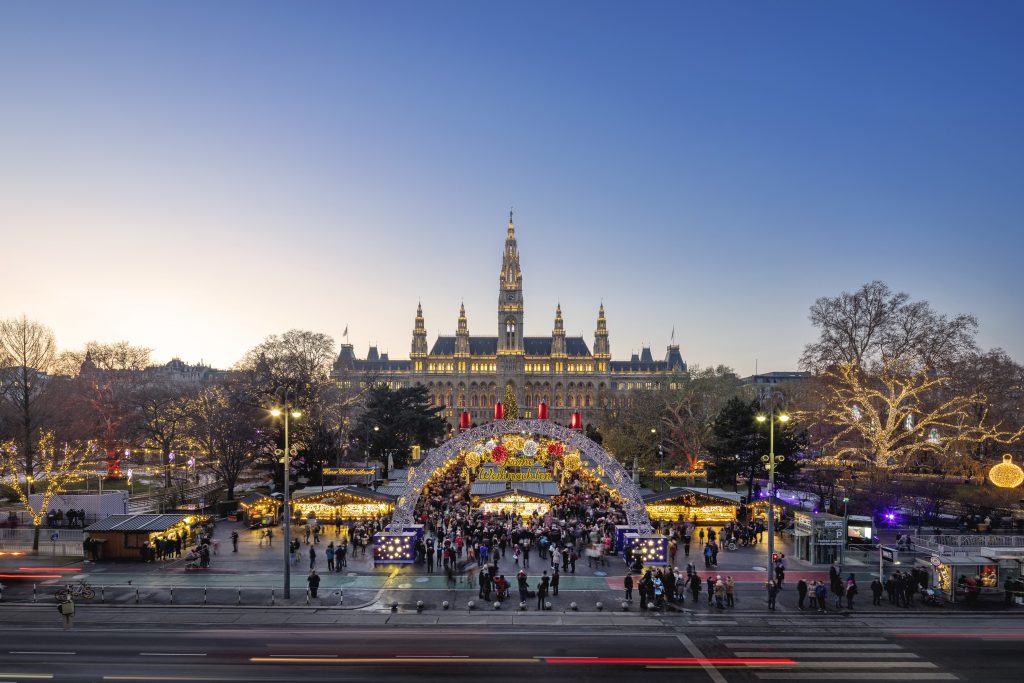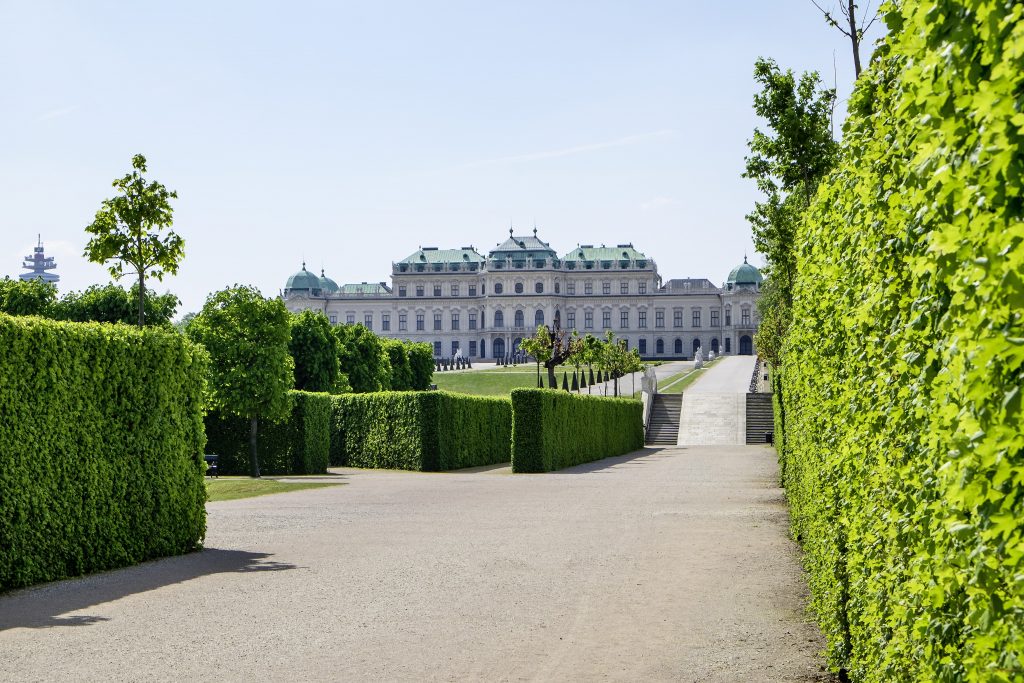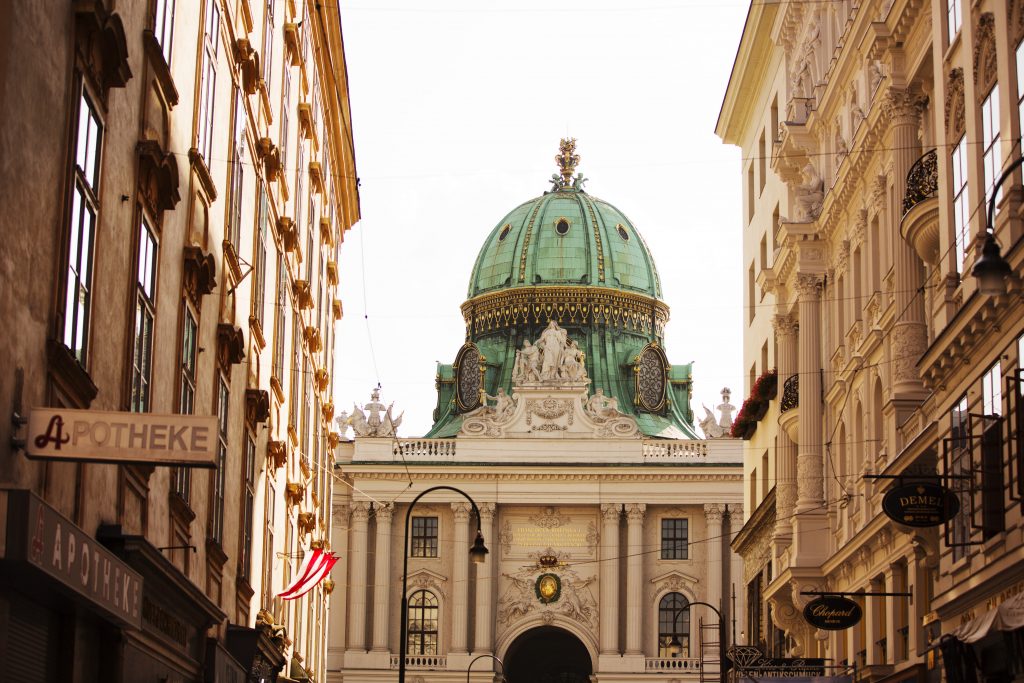 A city with at least two faces
A city with at least two faces
by Alexandra Parger
Vienna, a city known for its rich culture, classical music and “Schnitzel”. If you have the chance to visit it, its charm seduces you quickly, as you realize that Vienna has a younger and more creative spirit, than its traditional reputation.
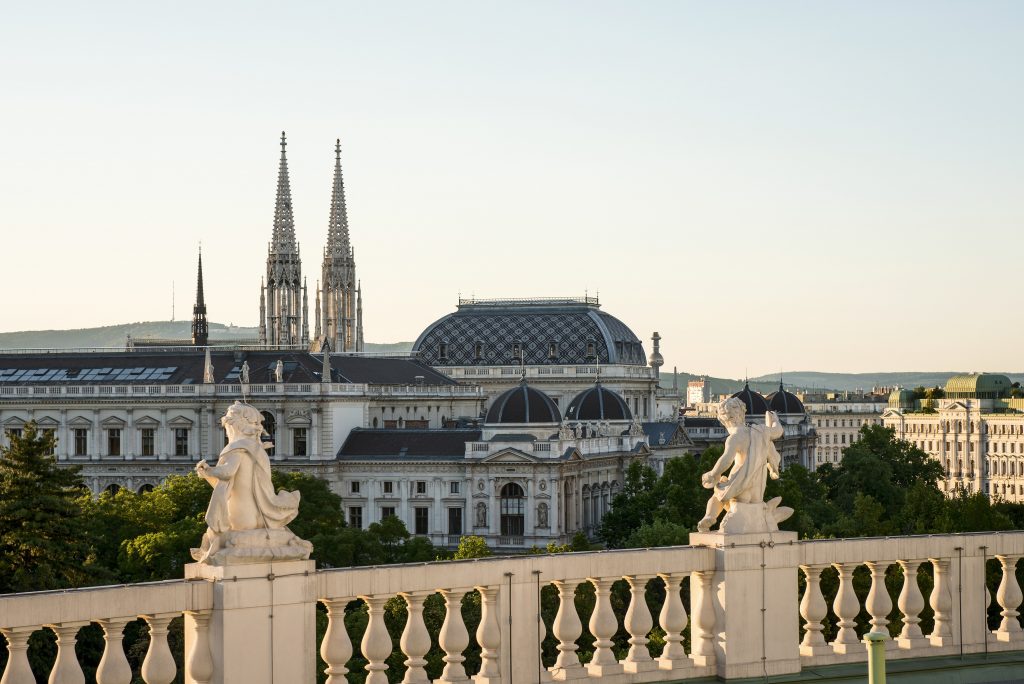
With 16.5 million overnight stays in 2018 the capital of Austria reached a new re-cord and gains popularity year by year.
Over the last years Vienna has grown into a vibrant metropole with more and more to offer. Magnificent buildings and narrow streets cause you to forget, that this is the capital of Austria with around 8.8 million inhabitants.
The city centre can easily be explored by foot and a numerous pedestrian zones makes it feel like strolling through a small historic town. It even happens to me that I feel like a tourists in the city I’ve lived my whole life, especially in the first district (the core zone of the UNESCO). I still discover little corners and streets that amaze me.
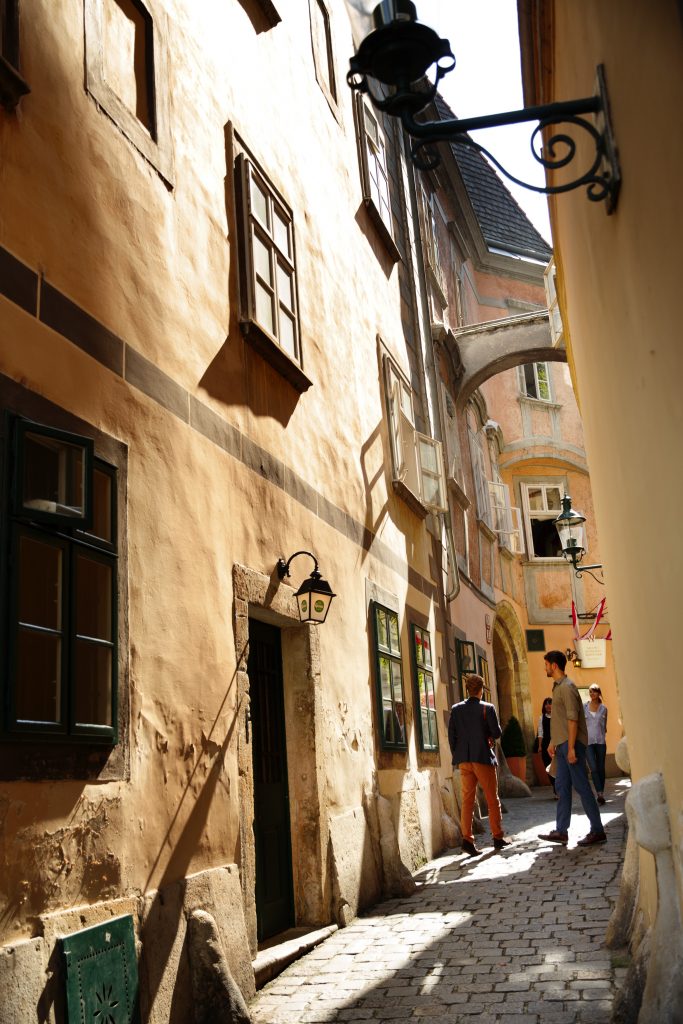
Tourism is an important economic driver, but the locals should not have the feeling of living in a museum without the possibility to enjoy the city in their own terms.
The multi-ethniticity of Vienna underlines the wide variety of cultural diverse events and exhibitions. In my opinion it is import-ant to orient different events and happen-ings to a wide range of urban consumers. Vienna adapts easily to different audiences with a lot of interests: from the opera ball, to the life ball, the biggest open air festival on the island on the danube to the more al-ternative music performances on the canal, but also numerous holidays are celebrated together in front of the city hall or the Hel-denplatz.
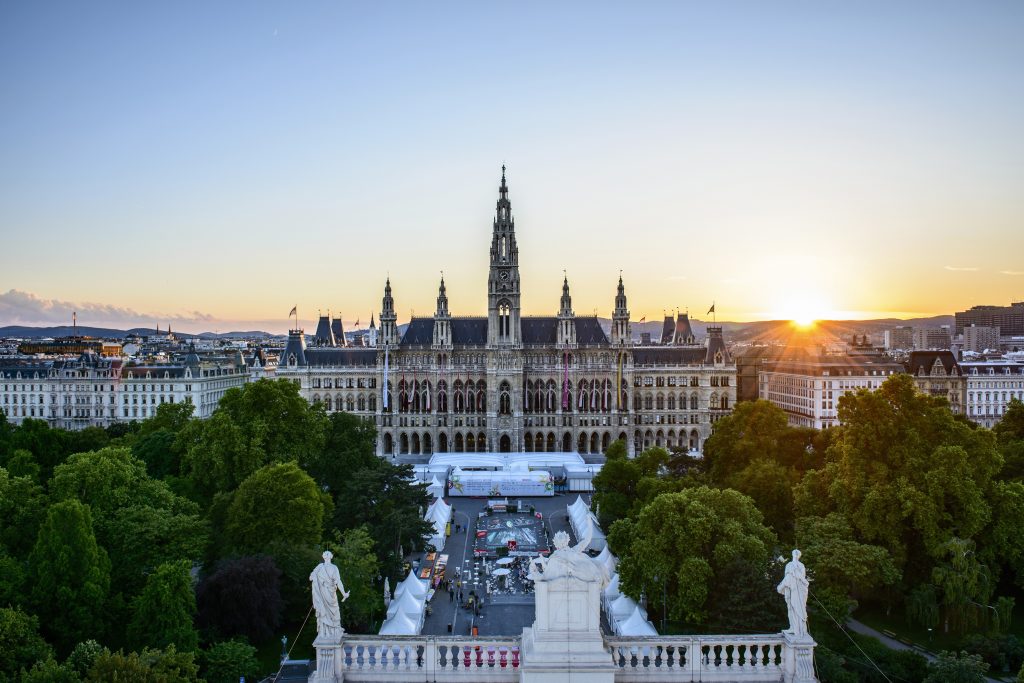
I absolutely love that Vienna has so many green spaces. You can enjoy the sun and the fresh air in different parks and gardens. Including grassland and the woods, it is the city with the highest ra-tio of “urban green” in Europe. A lot of events and festival take place on these open spaces and invite everybody to enjoy the music and the at-mosphere.
One special event is the “Sommernacht-konzert” in the gardens of Schönbrunn. It feels like a gigantic picnic event with amazing classical music. They even have some amazing light shows on the palace of Schönbrunn.
But not only classical music can be part of the free festival programm in Vienna.
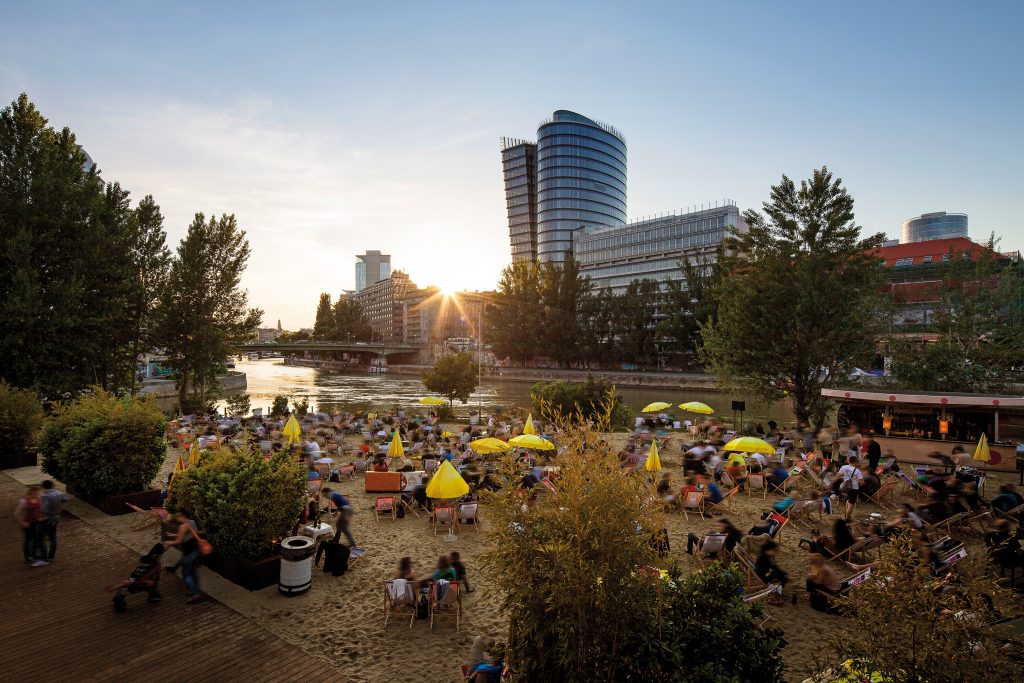
Another great event is the “Pop-Fest” on the Karlsplatz in front of the Karlskirche.
Numerous young austrian artist are invited to perform and the music categories range from pop to rappers to dance and techno.
There is even another event for electronic music called “Donaukanaltreiben” that takes place along the Danube Canal with different little stages and performances under the colorfull illuminated bridges.
Vienna definitely knows how to incorporate a fresh vivid experience in a classical set-ting. I really love the synergy between the new and the old, it’s a perfect combination of imperial nostalgia with a highly creative scene.
One of my favorite places in Vienna, that shows exactly how to cultivate a precious heritage and charming traditions whilst taking on board the latest trends is the Mu-seumsquartier, or how the locals like to call it: MQ.
It situated right at the opposite of the Hofburg on the other side of the Ring-strasse, close to the Kunsthistorisches and Naturhistorisches Museum.
It is one of the largest cultural complexes in the world, offering a unique mix of uses. Key attractions include: the Leopold Mu-seum with the world’s largest collection of Schieles and works by renowned modern Austrian artists such as Klimt, Kokoschka and Gerstl; the mumok – museum modern-er kunst stiftung Ludwig Wien, Architek-turzentrum Wien, and Kunsthalle Wien. Two festival halls and the square are used for events such as the Vienna Festival, the ImPulsTanz dance festival and even for pop concerts. A children’s museum, a children’s theater, an information center for youngsters, and a number of attractive restaurants, cafés and shops complement the rich array of cultural offerings. The space between the buildings is a very pop-ular chill area, where even in winter the vi-ennese love to drink “Punsch”. Architecture dating from imperial times has left an indelible mark on the city, but Vienna has never been as alive as today.
Gallery:
Click here to download Presentation file: http://ibiza.young-ambassadors.net/ppts/Vienna.pdf

